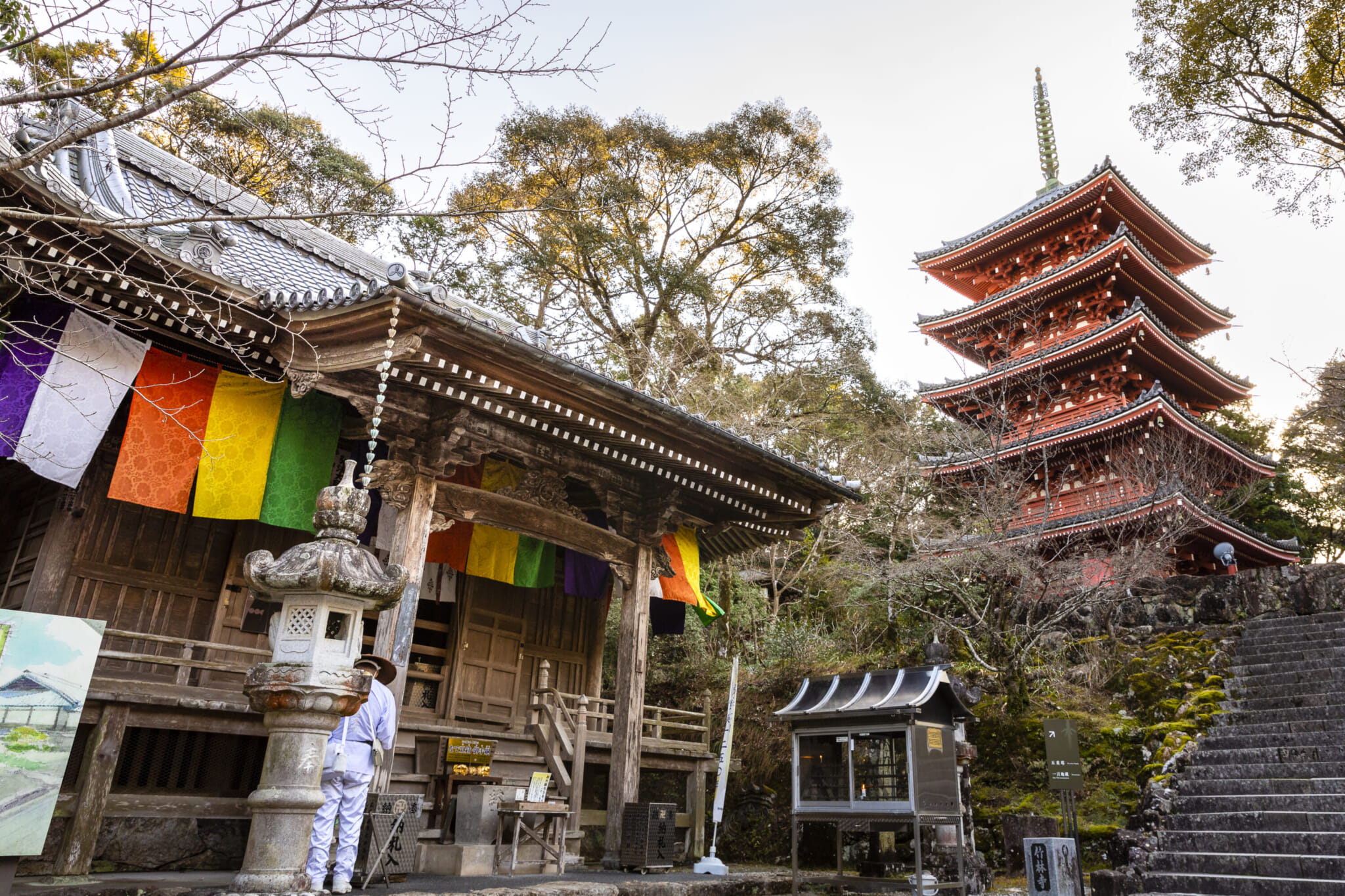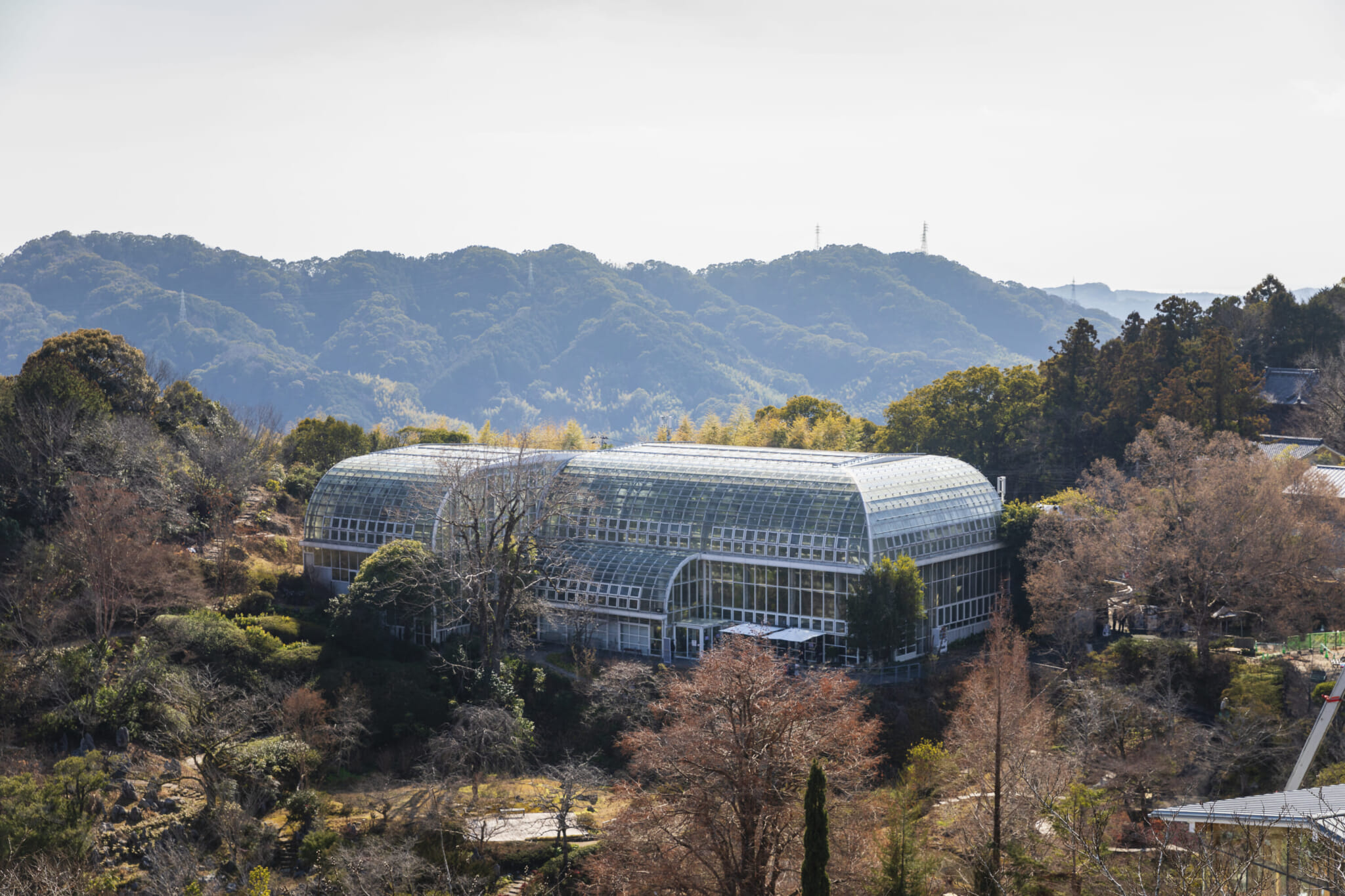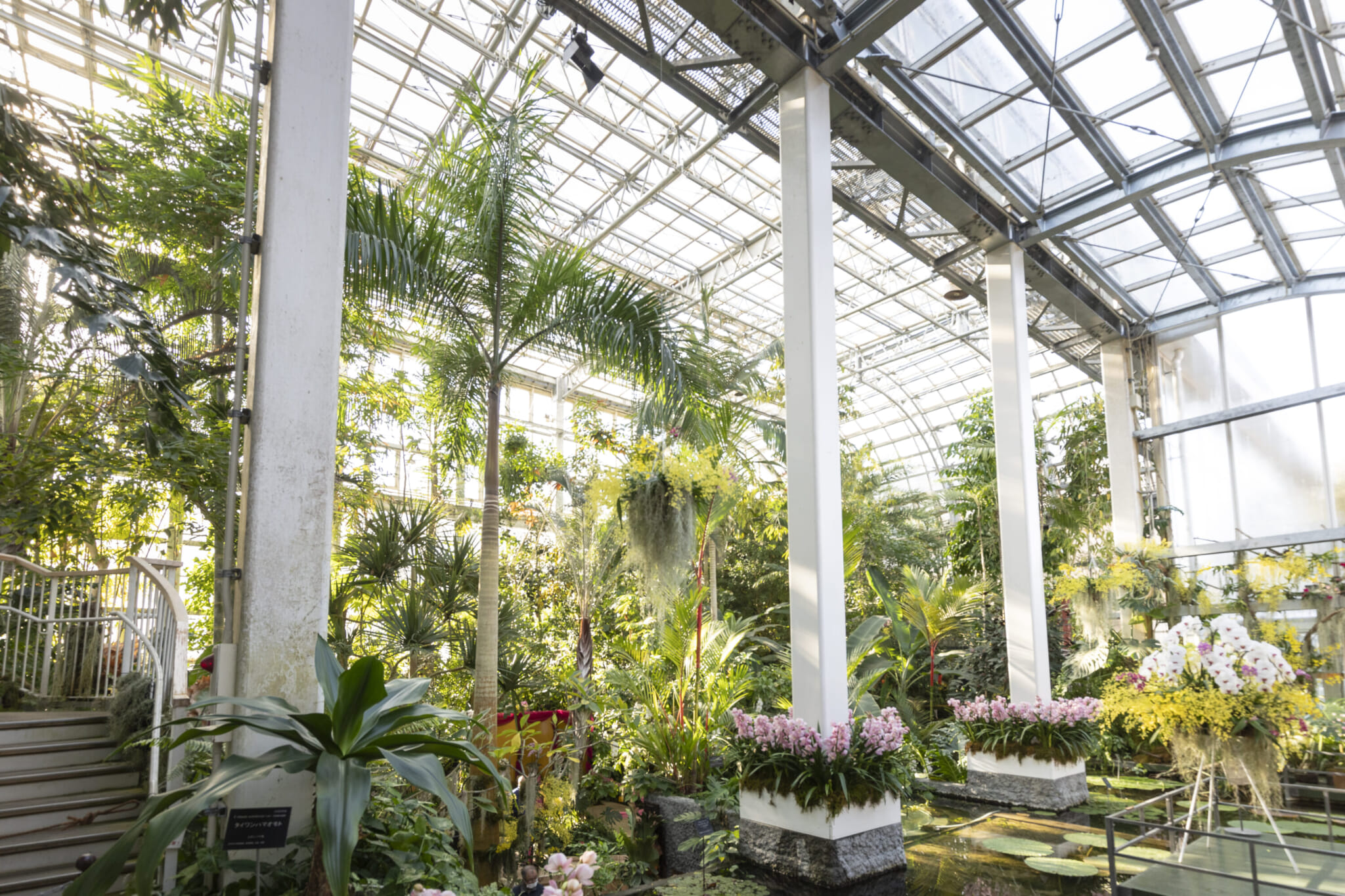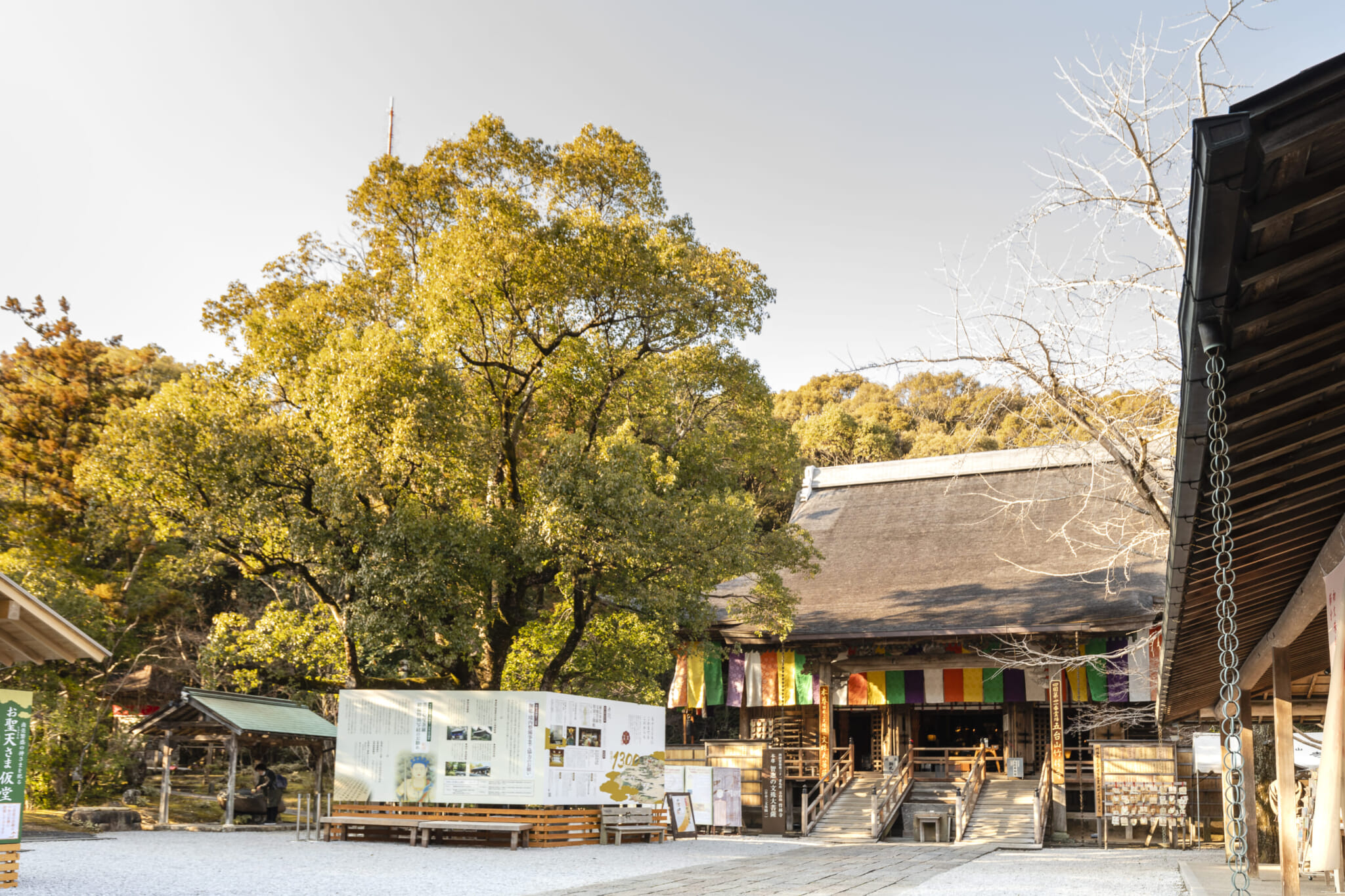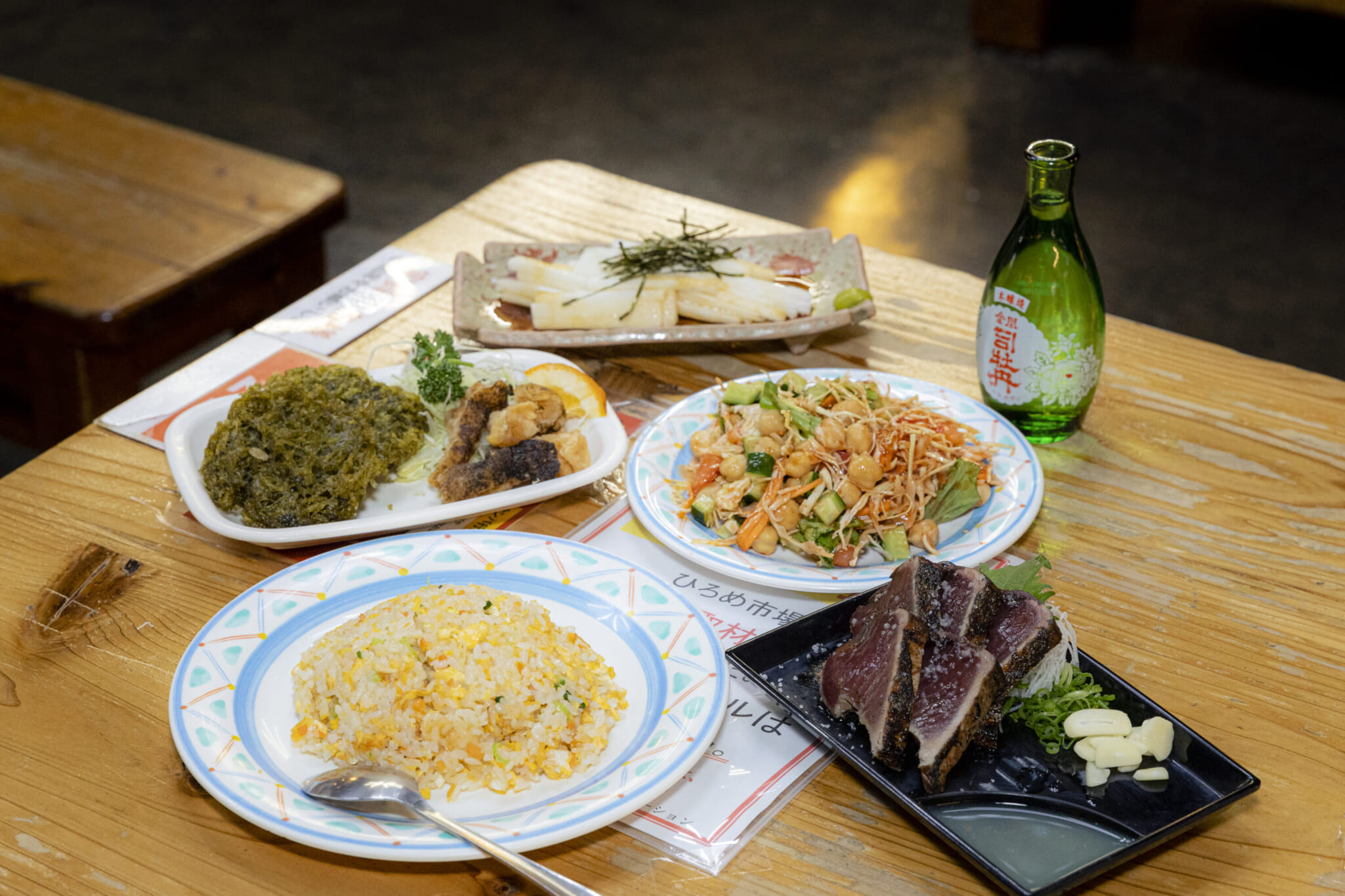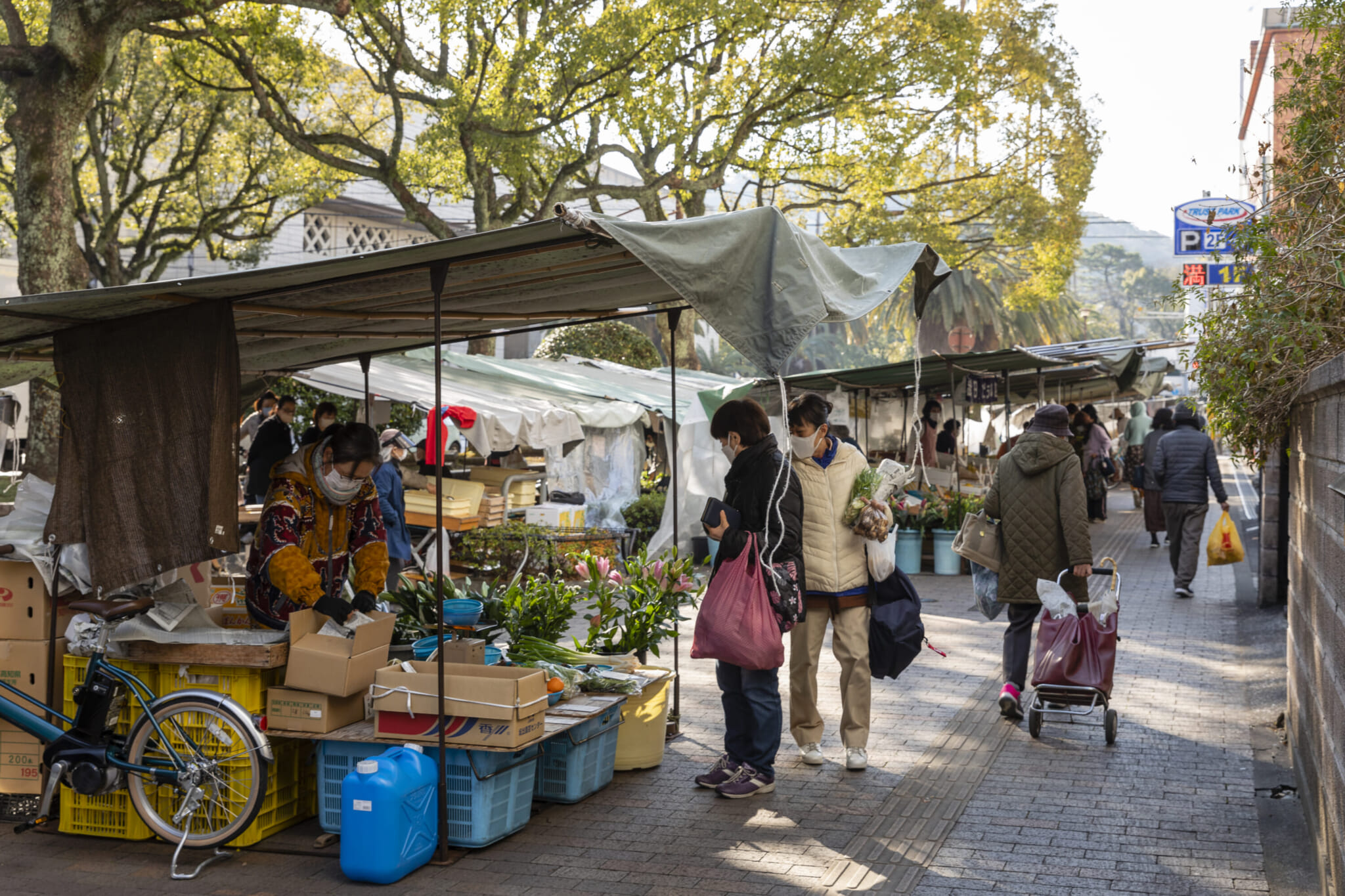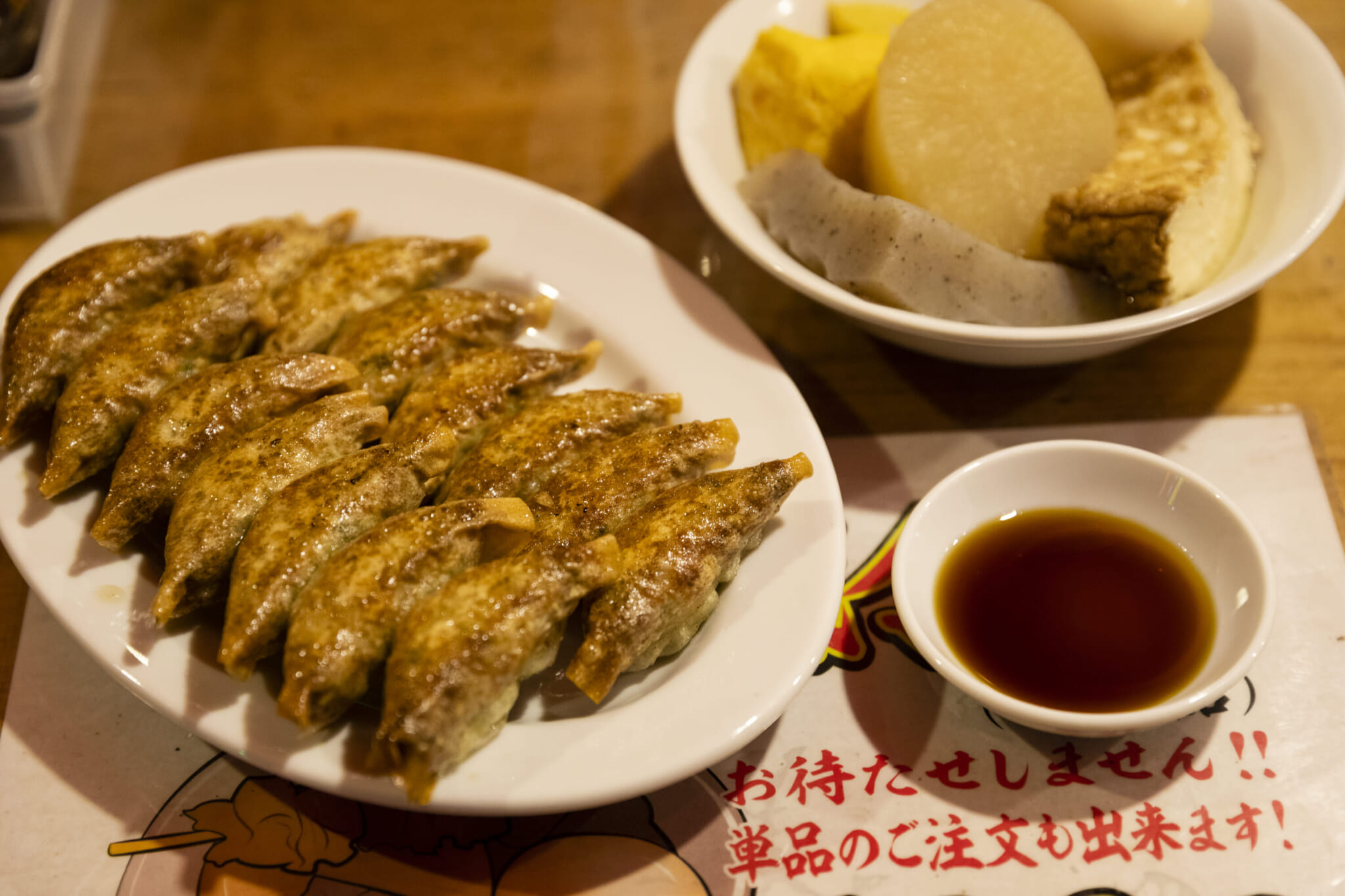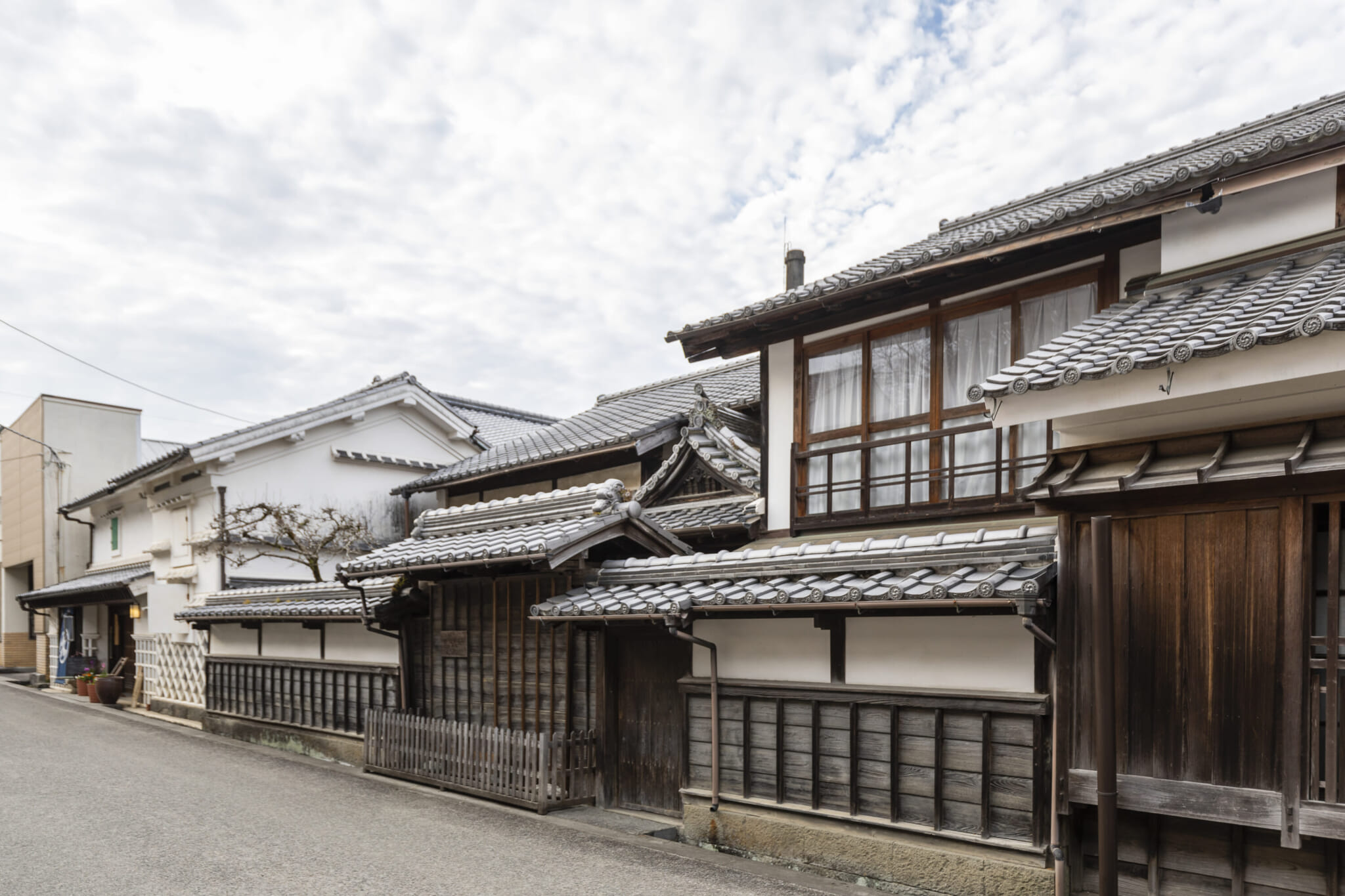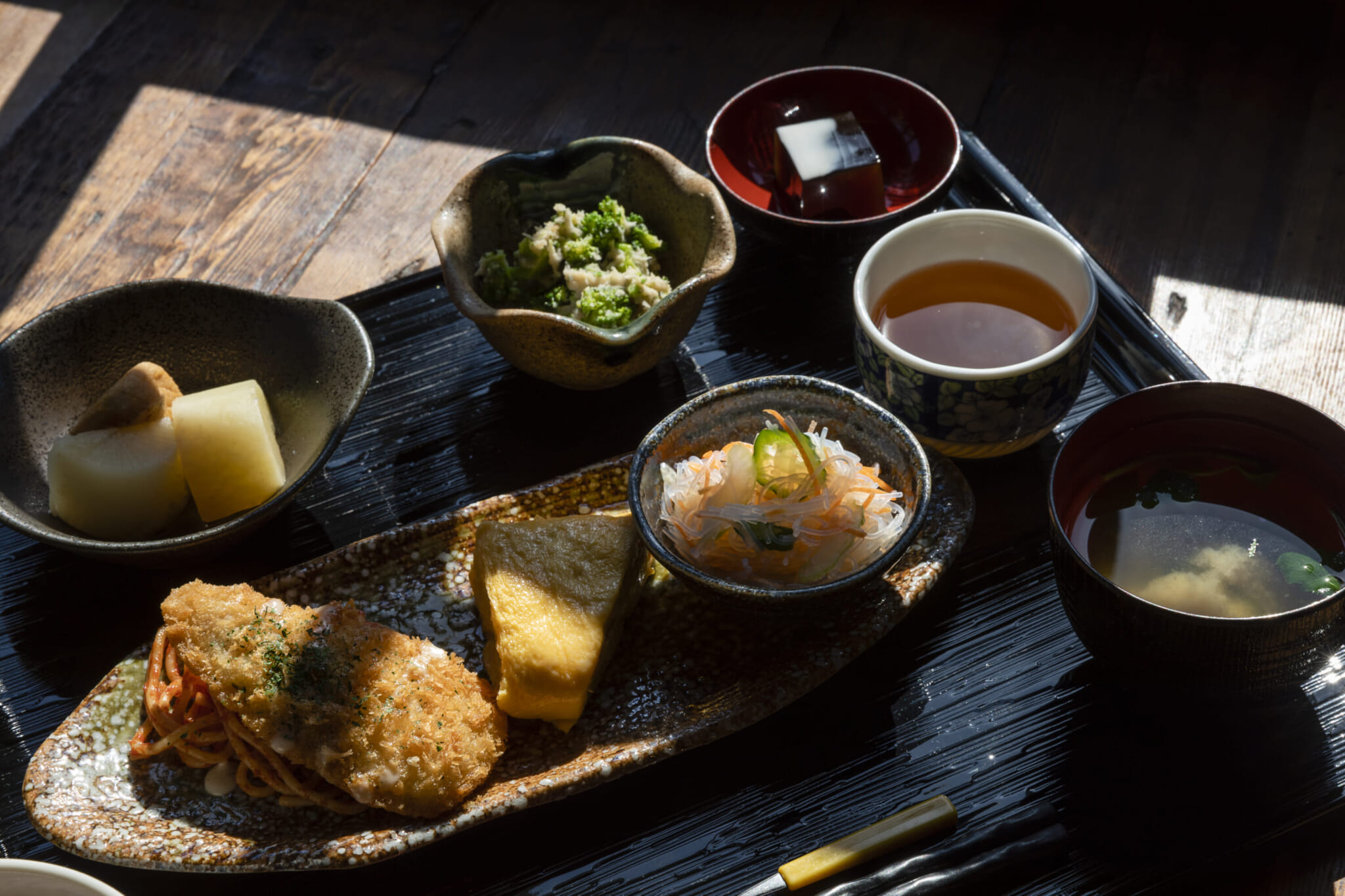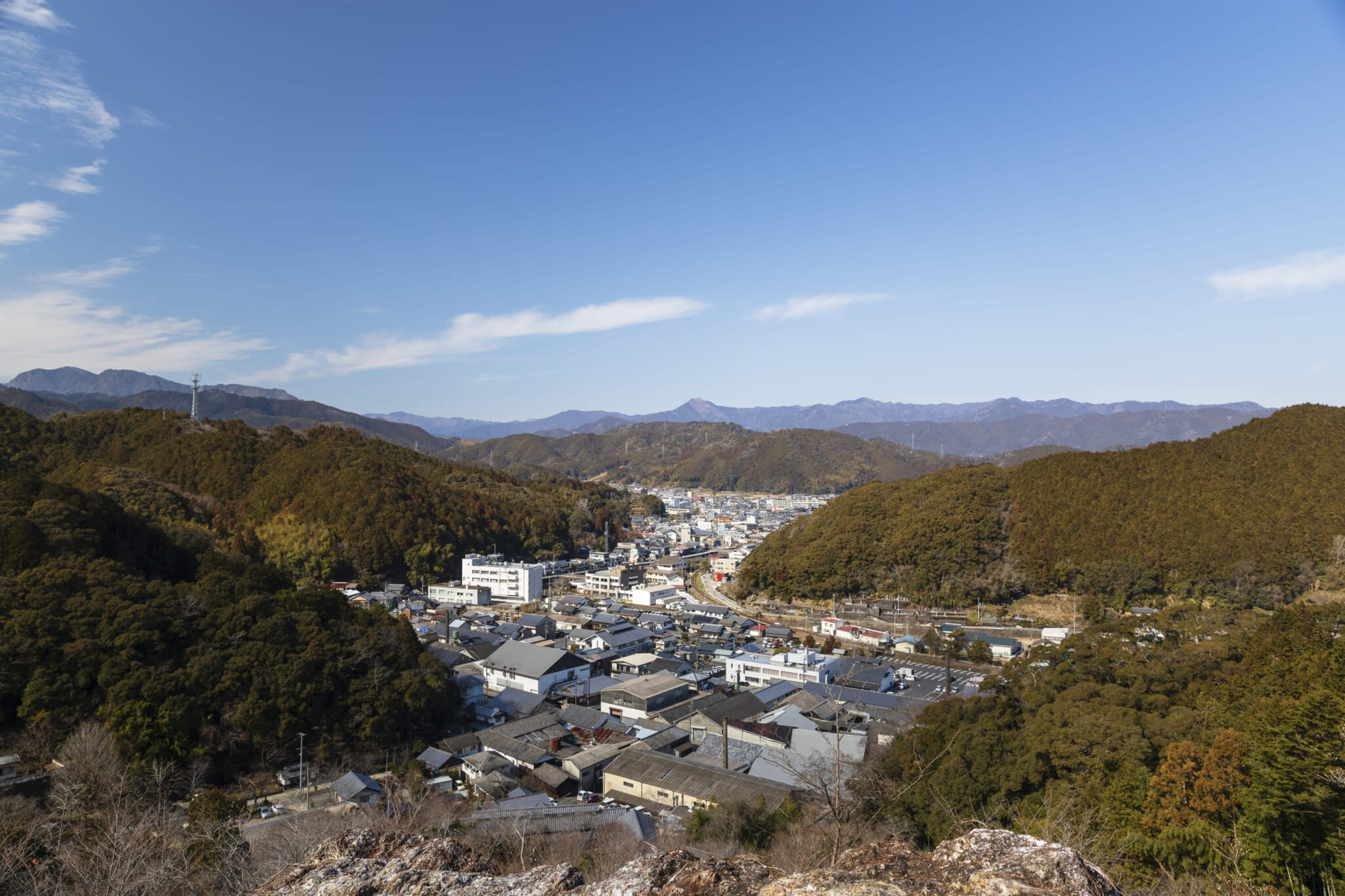Kochi boasts homage after homage to one of its most famous sons, Tomitaro Makino, considered the father of Japanese botany. From the Makino Botanical Garden not far from Kochi’s downtown to a sake named after Makino brewed in the town of Sakawa, his influence is inescapable. Yet it is the warm and friendly atmosphere that makes Kochi a place to visit again and again.
Plants and Pilgrims
The Makino Botanical Garden, located just 20 minutes from the city center by car or 30 minutes via the My-Yu sightseeing bus, is a vast tribute to the late botanist that displays his life’s work over six hectares of land on Mount Godai. With research facilities, a museum and over 3,000 species of plants — many discovered and named by Makino himself — this is a garden for botany buffs and tourists alike.
Careful cultivation leaves no corner of the grounds untamed, from the entrance with its meticulous replication of Kochi’s diverse vegetation to the conservatory complete with fake birdsong. Several structures blend into the gardens, which curve around the mountain, including buildings designed by renowned architect Hiroshi Naito.
Visitors are free to wander, enjoying beautiful views from the mountain and of plants that bloom in turn throughout the year, such as cherry blossoms in the spring and Makino’s own favorite plant, baika-oren, in the winter. The garden features changing exhibitions curated with flair, including in the conservatory where nooks and crannies are used to accentuate the plant-based artworks.
Garden guests may well spot a pilgrim or two, complete with staff and white hakui coat, heading down the Shikoku Pilgrimage. The route runs right through the middle of the garden and up to Chikurin-ji Temple, located next door.
Chikurin-ji is the 31st stop on the 88-temple pilgrimage. Though traditionally done on foot, any mode of transportation can now be used to travel the route that snakes around the island. Incredibly, Chikurin-ji’s 1,300th anniversary is being celebrated in 2023, and a variety of events have been planned, including light and sound installations. The statue of the sacred Monju Bosatsu (the bodhisattva of wisdom), usually only displayed once every 50 years, will even be on view.
Warm Welcome and Food for All
Back in the city center, local vibes abound. A cacophony of voices spills from Hirome Market, a market hall open from morning until late at night on its open days, and yatai street stalls, where a mishmash of cuisines and dishes are served. Even the fussiest of eaters are bound to find something pleasing amongst the deluge of food.
Kochi is technically a port city, and there are a multitude of fresh seafood stands, including some serving katsuo no tataki, a Kochi soul food consisting of a hefty bonito steak set alight in an Instagrammable display of fish and flame. Those who would prefer something different — or even those who want to try it all — will be pleased by the variety on offer: Everything from a tiny, age-old kissaten stall to an Italian bistro stand to an Indian curry place can be found. Grab a mini seafood plate from a fish stall, eat it with cheese naan and seaweed tempura, wash it down with a local yuzu sour and finish with a cream parfait — because why not? The shops are united by stallholders shouting their wares, each eatery clamoring to be heard over the loud chatter of locals and visitors.
Late night snackers should head over to Yasubee, a celebrated outdoor gyoza joint serving dumplings and oden until the early hours.
Time Slip in Makino’s Hometown
A 40-minute drive from Kochi City lies the town of Sakawa, the birthplace of Makino and the location of his grave, which is situated inside a namesake park. Makino Park is characterized by hundreds of tiny placards, each labeled in Japanese with a plant name. Local volunteers, including schoolchildren, keep the park spick-and-span, maintaining its many paths and categorizing the plants. The view from the park is impressive, right over the town below and through to the mountains beyond.
Sakawa is known for its long, rich history. By simply strolling around the area, you’ll spot a variety of historical buildings and other town features dating back hundreds of years — and replicas, too. Local visitors often make day trips to the area, savoring the peaceful atmosphere and learning a little about Makino along the way. As such, the town has several quaint eateries and coffee shops, some serving the local specialty of eel. Depending on the restaurant, with advance notice, you may be able to have special dietary requirements accommodated.
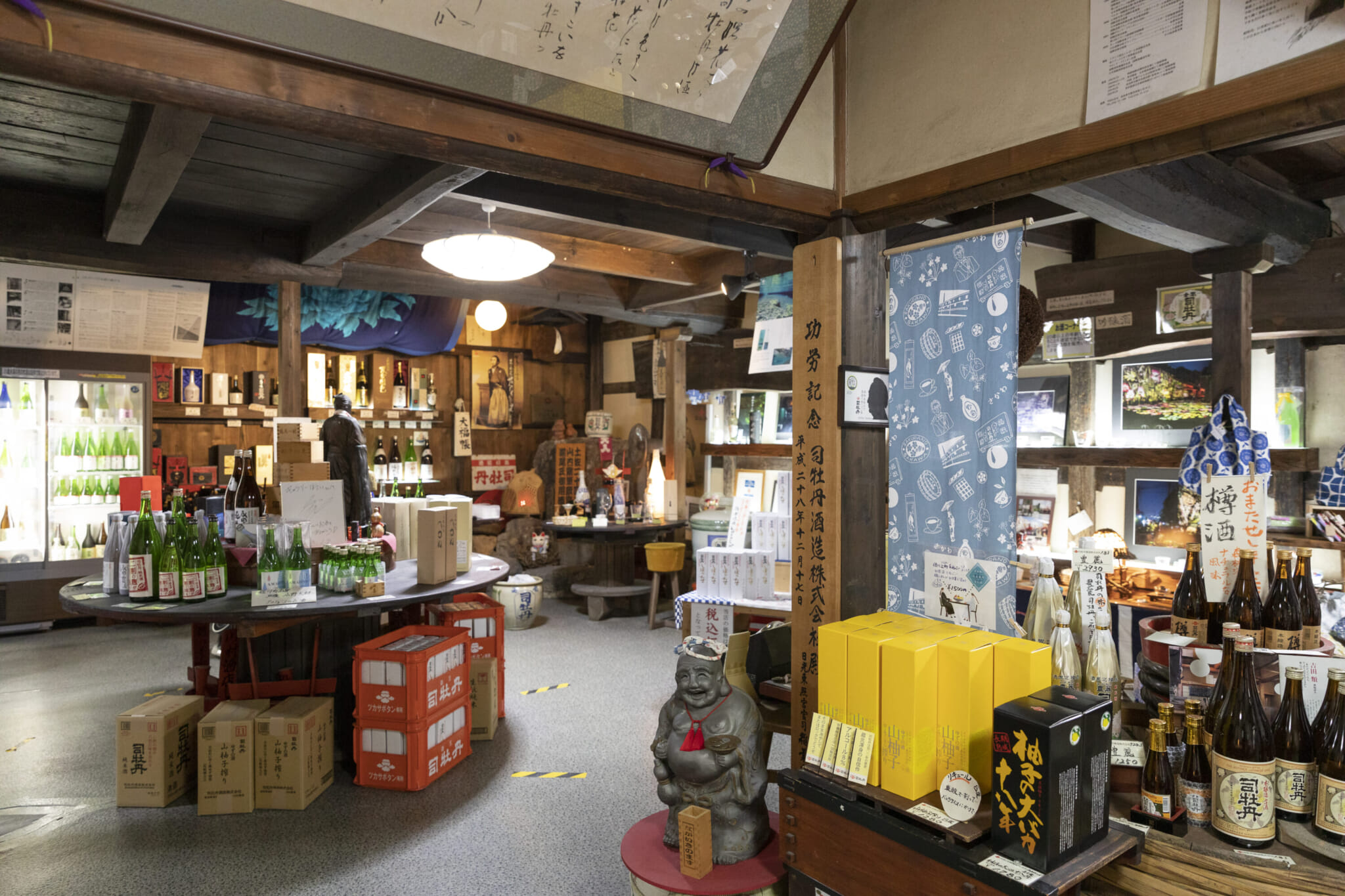
Tsukasa Botan Brewery and Sake Gallery Hotei
A defining feature of the town is its sake production, specifically nihonshu, which is often referred to as Japanese rice wine in English. Sakawa is home to Tsukasabotan, a brewery formed by the merger of several town breweries — including one once owned by the Makino family — that can trace its history back 420 years. The brewery now owns many of the buildings on Sakagura-dori (sake brewery street), and winter mornings are heralded by the aroma of sake brewing, steam rising from Tsukasabotan’s grates. Makino fans will delight in its Makino sake, which makes the perfect souvenir for friends back home who want to know all about the famous botanist.
Of course, to truly get to know Makino and the region that raised him, they’ll have to visit Kochi for themselves — as will you. The city and its many charms await.

